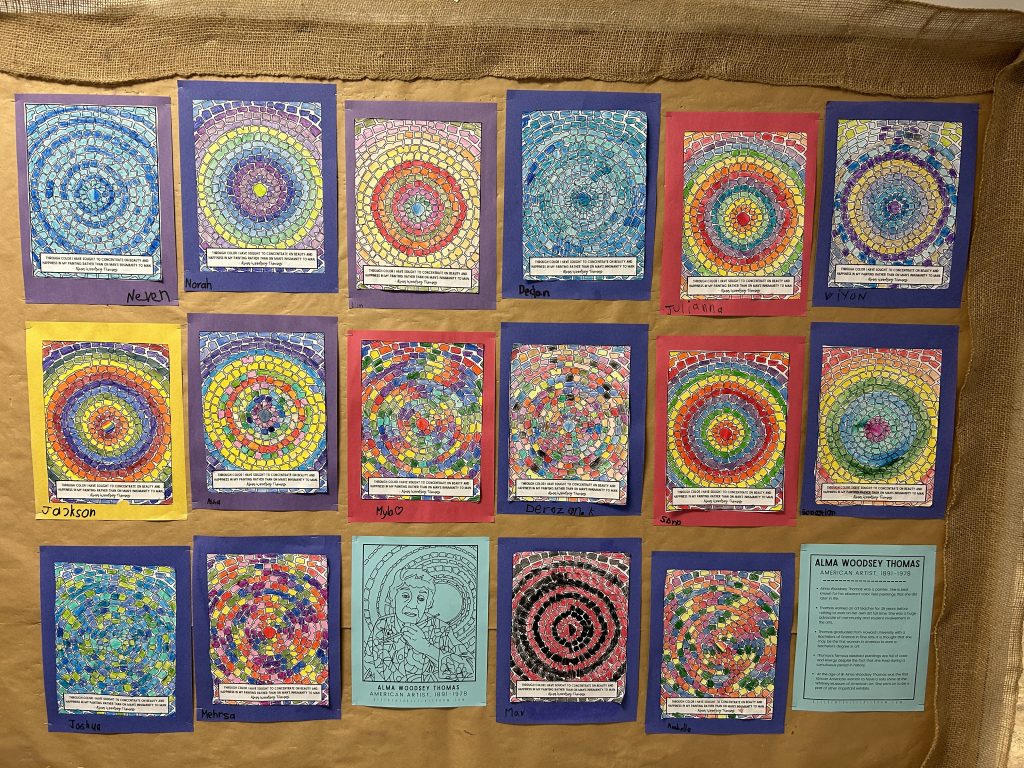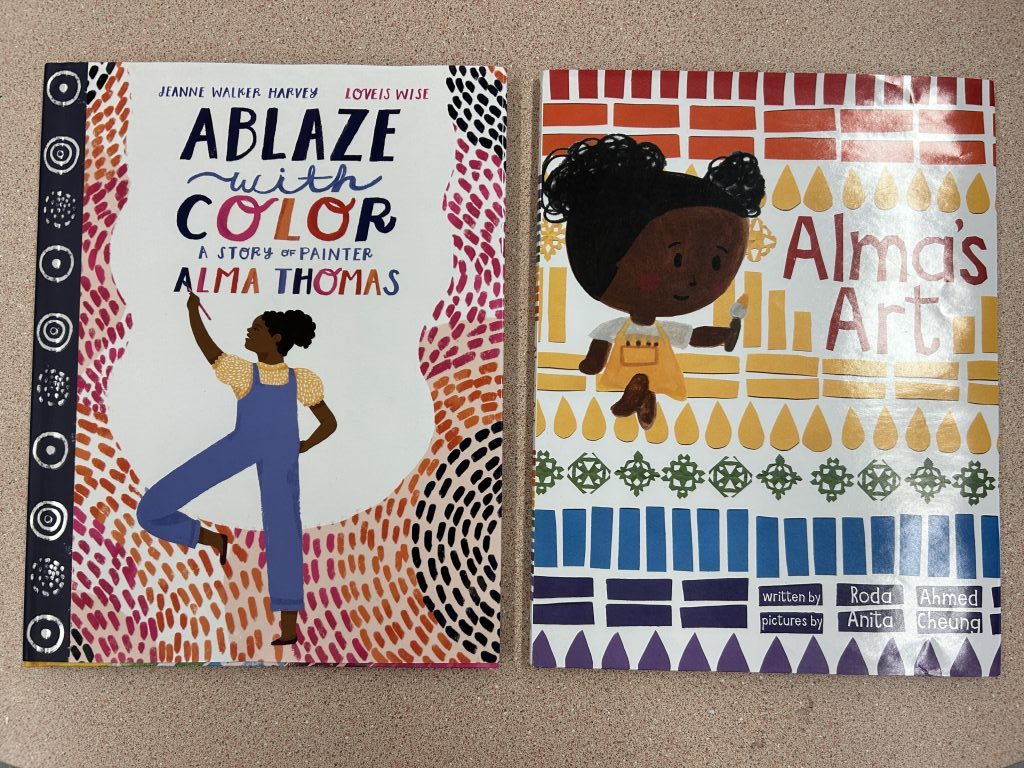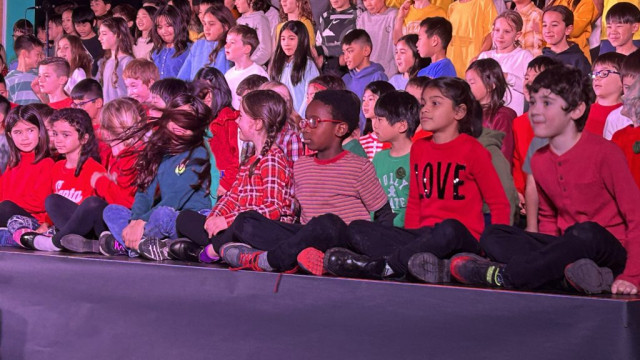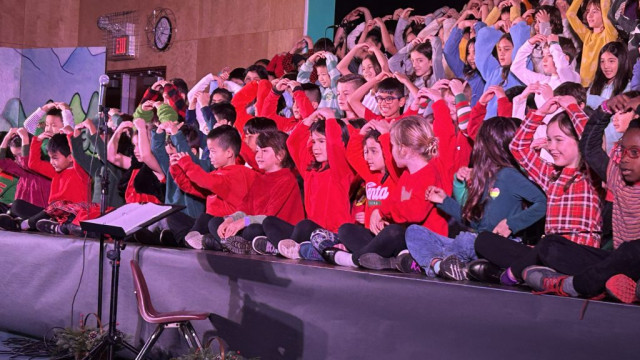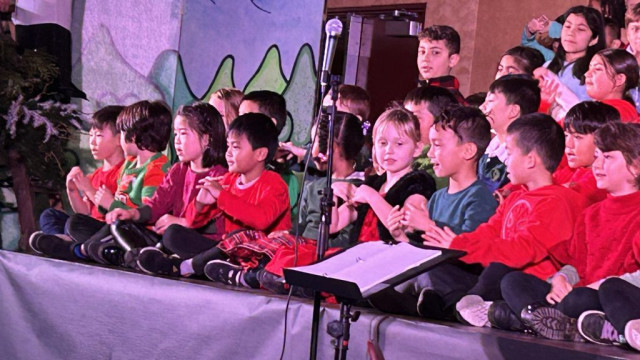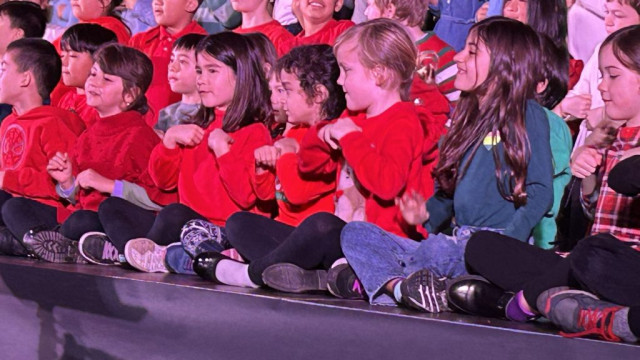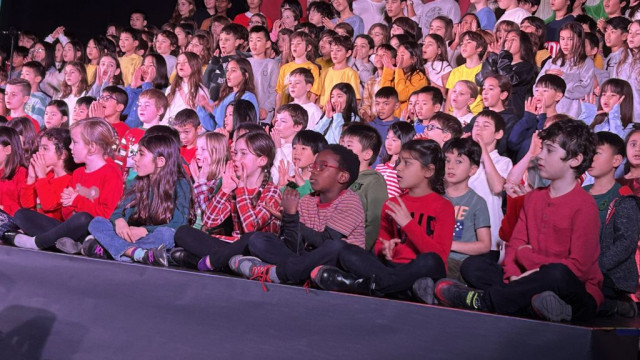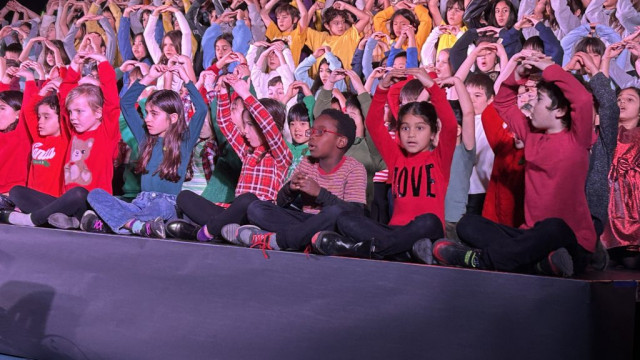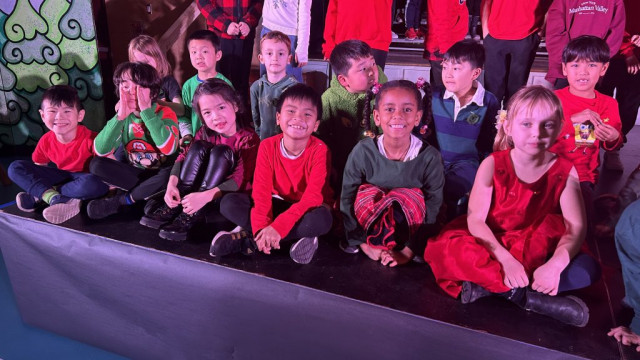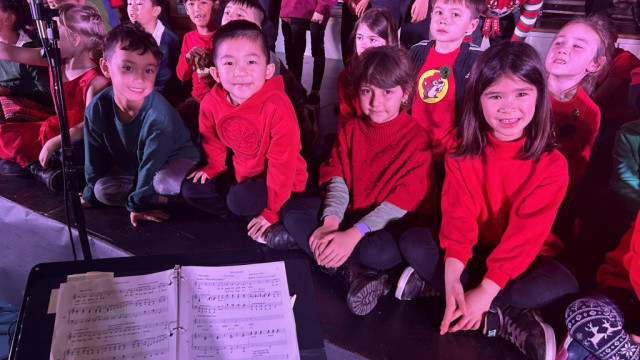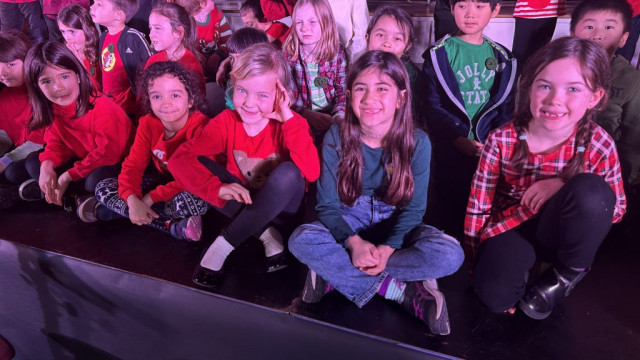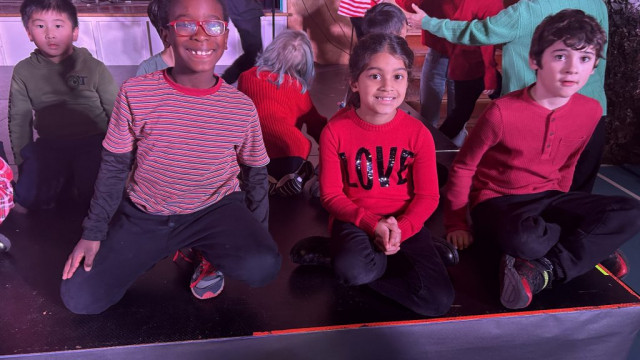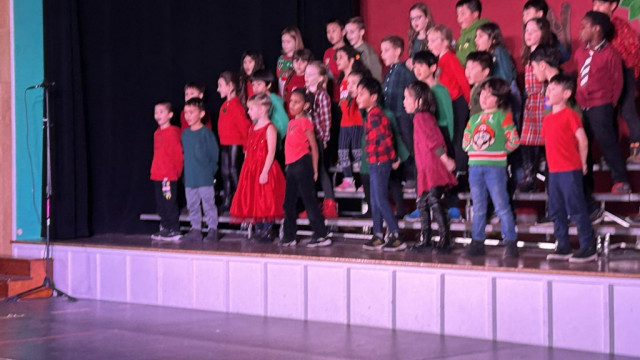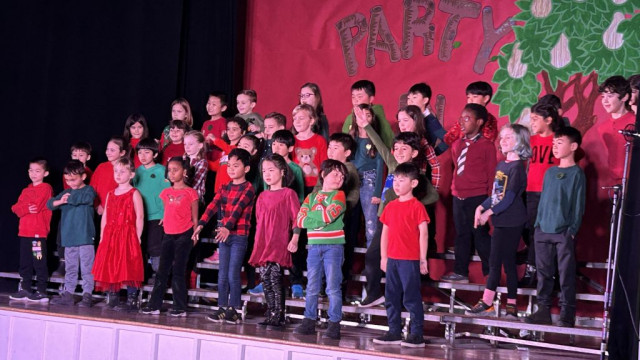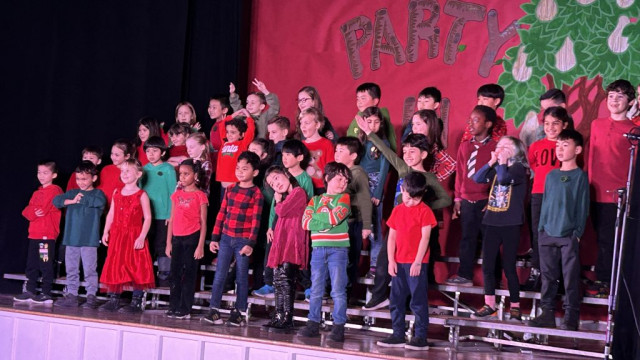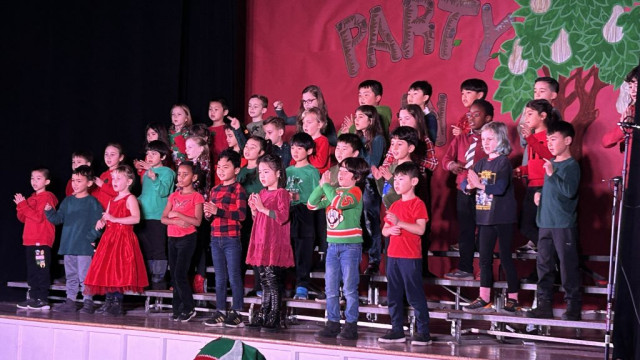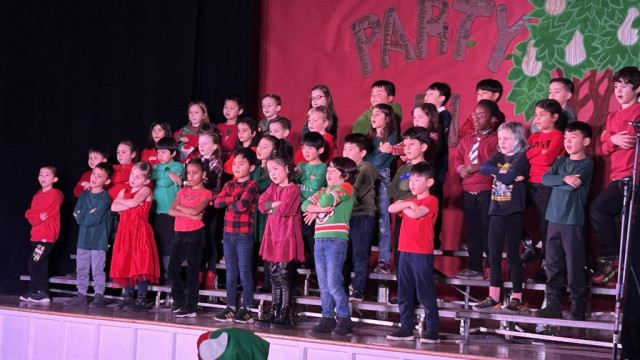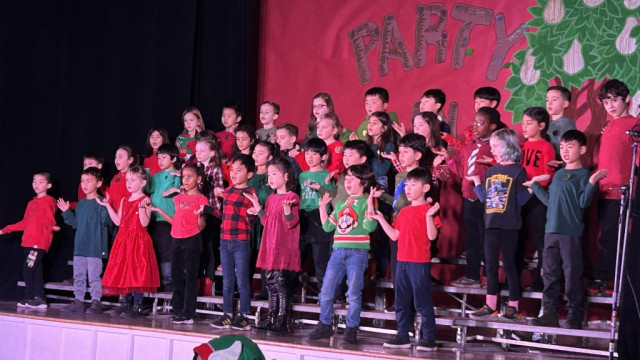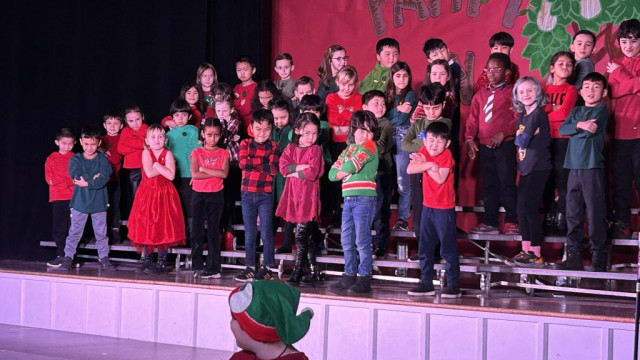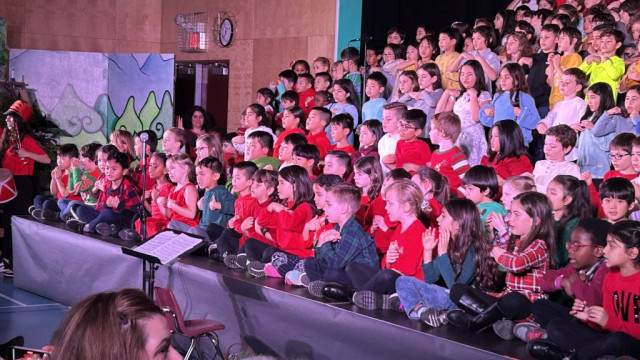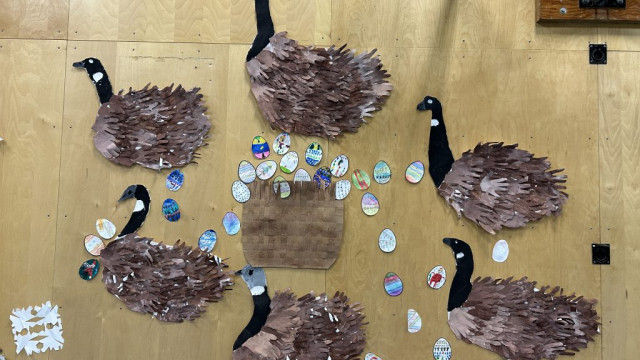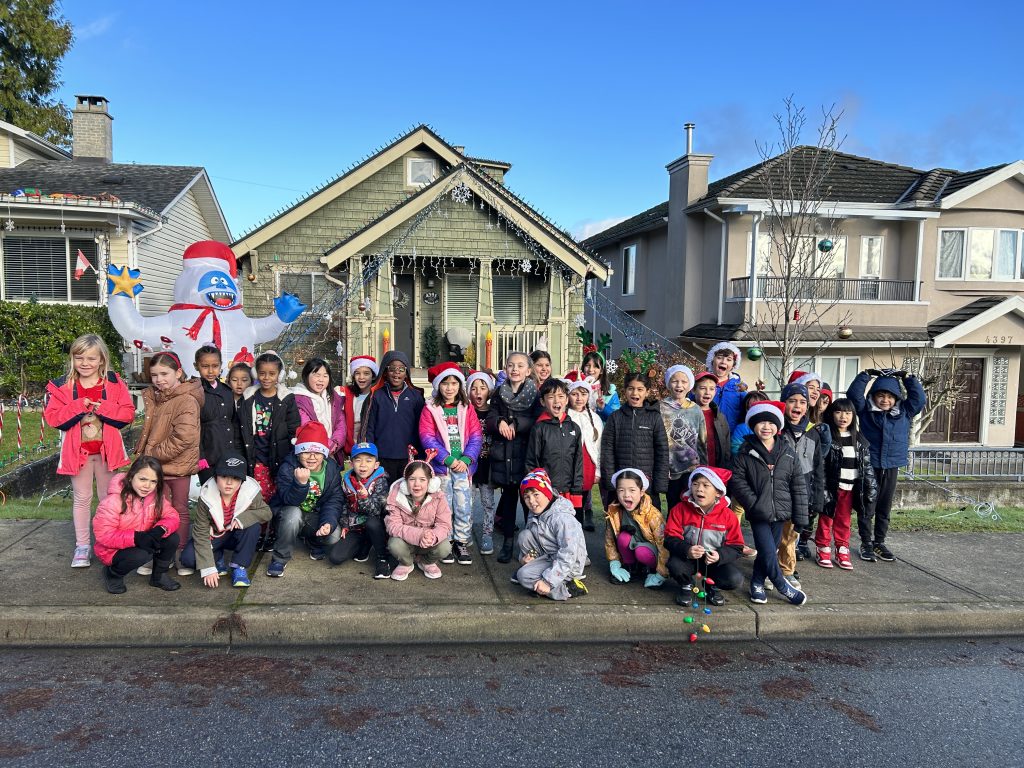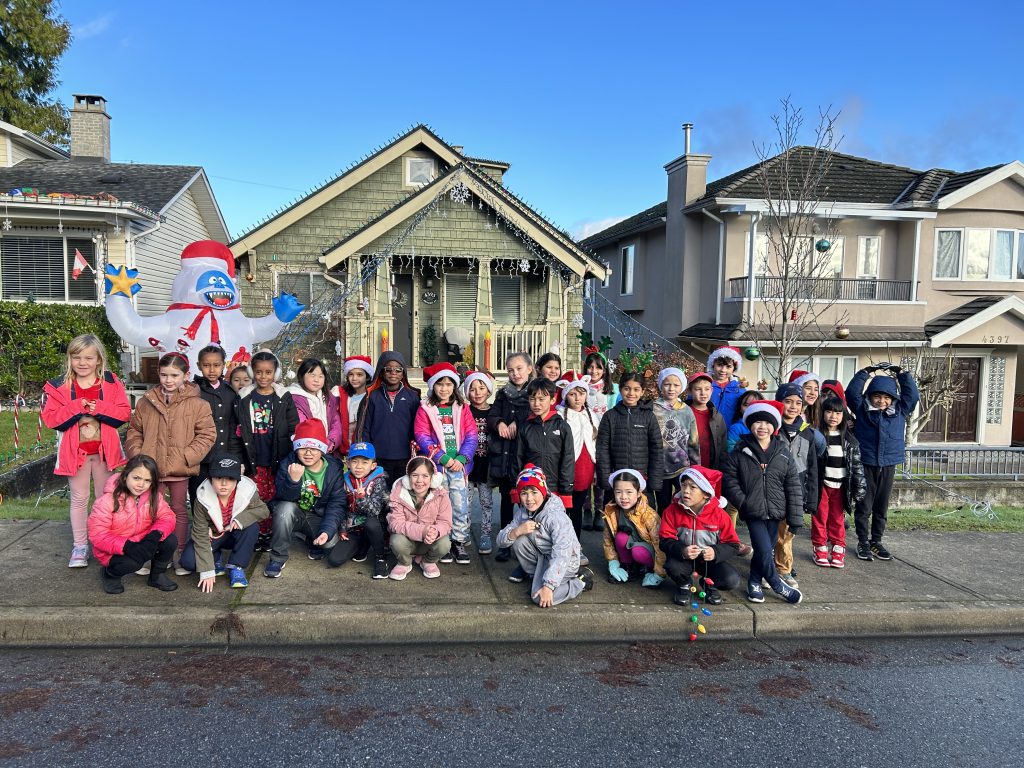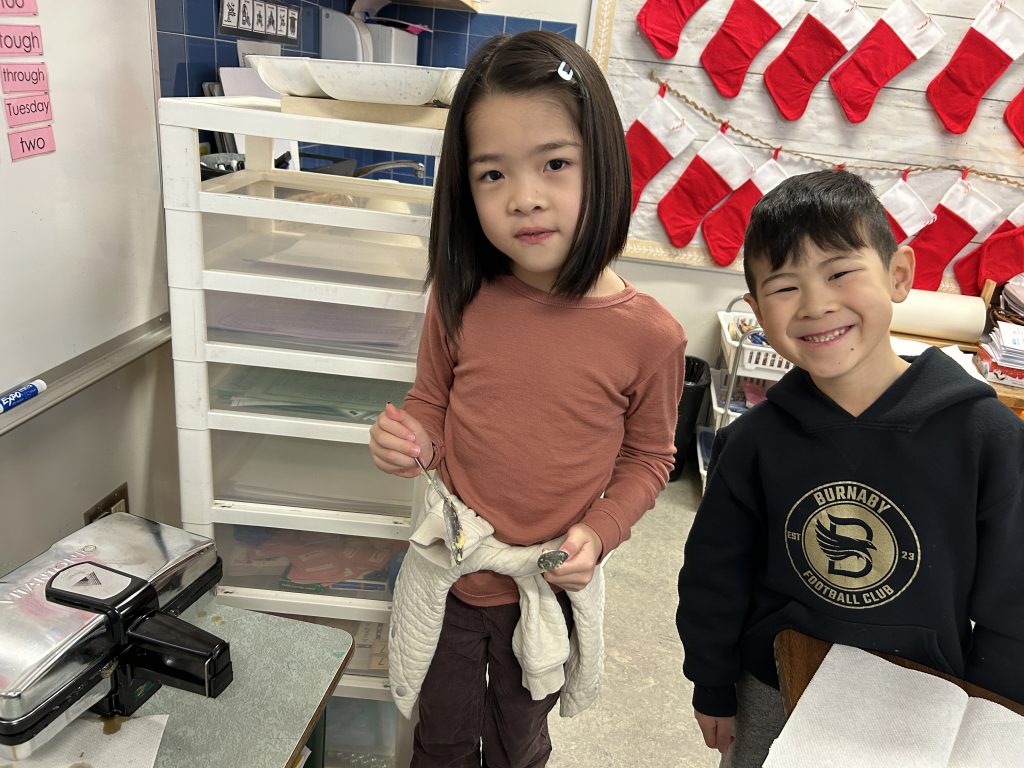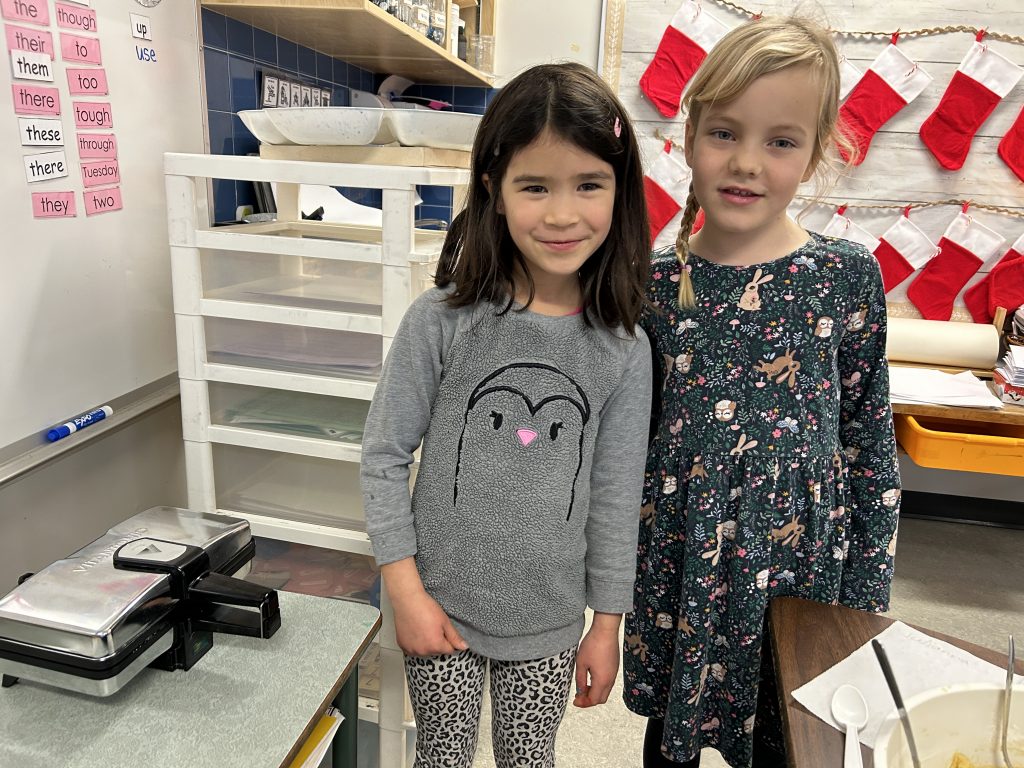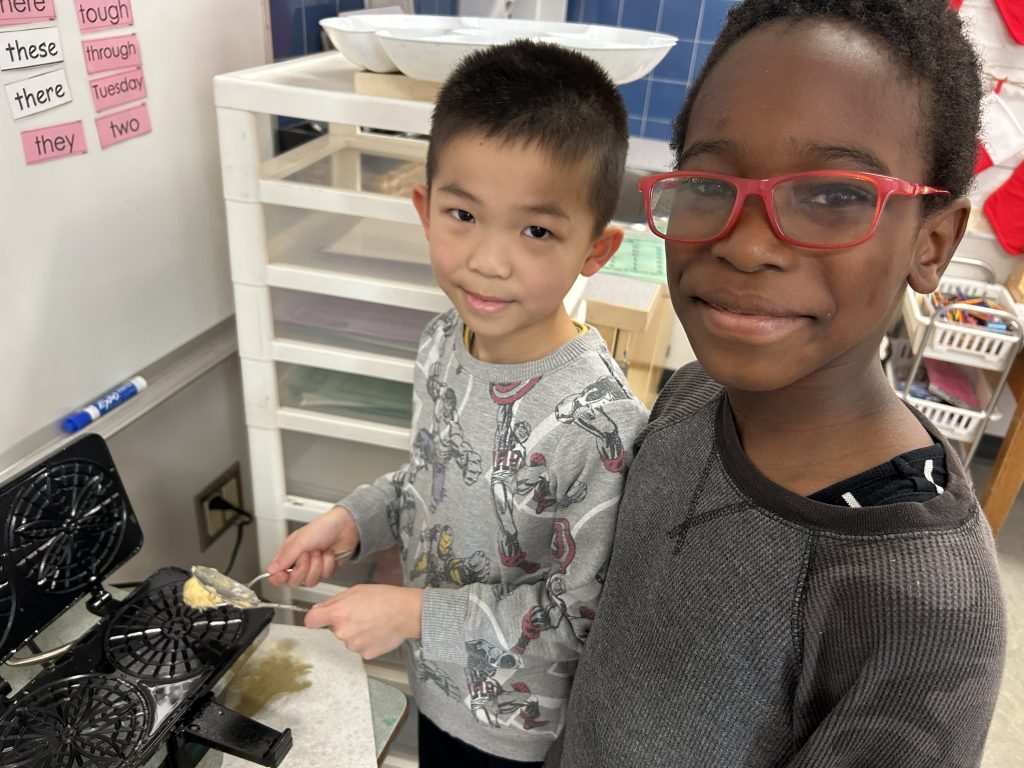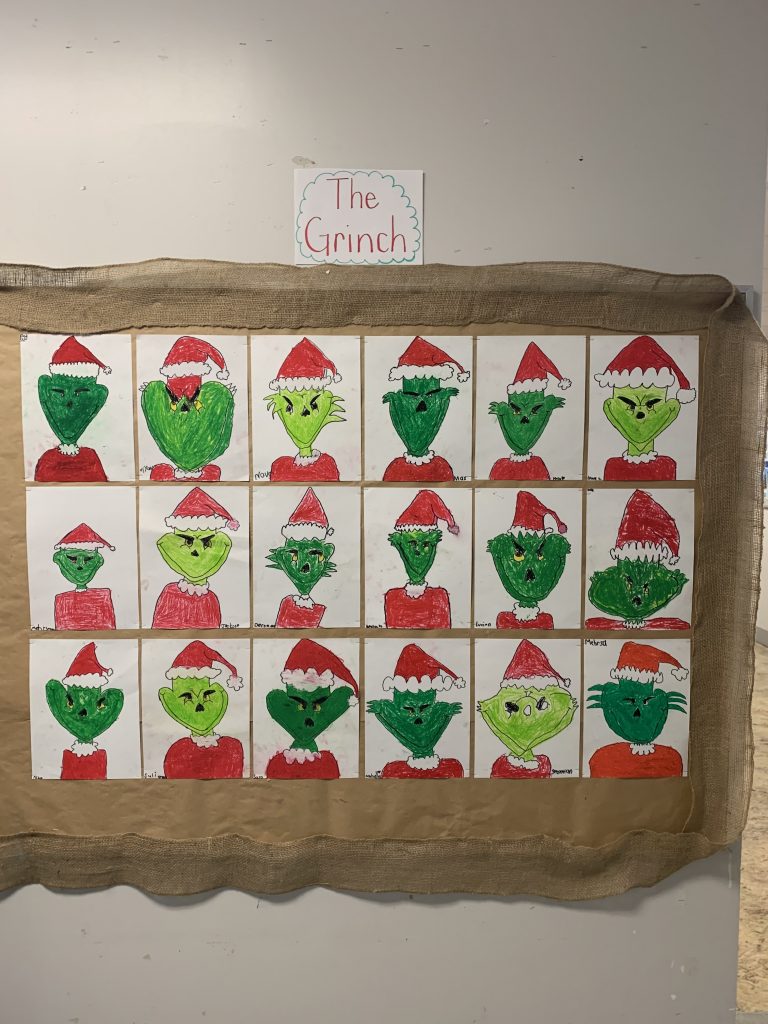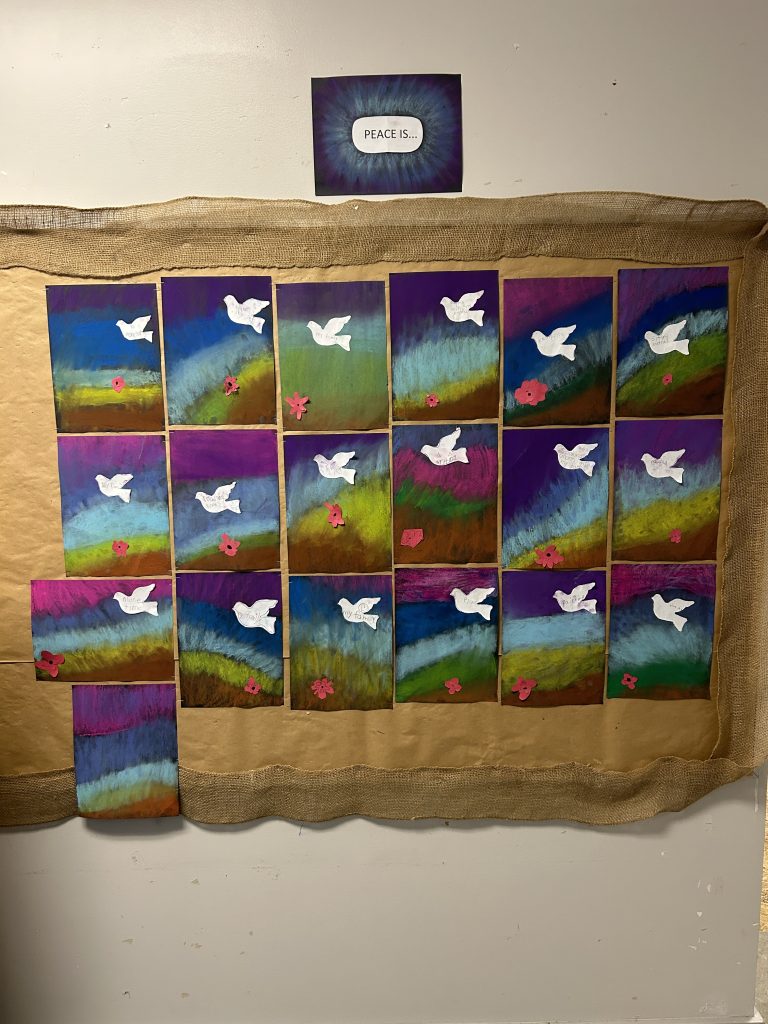Alma Woodsey Thomas art for Black History Month
Over the past two weeks we have been learning about the black artist from the USA named Alma Woodsey Thomas. We read two books about her and watched a video that described how she designed her art. Most of her art was based on what she saw in nature. The students chose what they wanted to represent in their art and then chose the colours that did this. For instance, some of them wanted to represent the sea, while others wanted to represent flowers. Ask your child what they were trying to convey in their art. Also, ask them about the famous place that one of Alma Thomas’ art was displayed.
Big Idea: Inquiry through the arts creates opportunities for risk taking
First Peoples Principles of Learning:
- Learning takes patience and time (very true for this art project, as it took great focus and time)
Curricular Competencies:
- Explore elements, processes, materials, technologies, tools, and techniques of the arts
- Develop processes and technical skills in a variety of art forms to refine artistic abilities
Content:
- elements of design: line, shape, texture, colour, form
- principles of design: pattern, repetition, rhythm, contrast
Core Competency: Creative Thinking
- Creative growth requires patience, readiness to take risks, and willingness to try new approaches
Learning involved:
- Students learned the significance of designing their art and then carefully colouring each shape to make their design
